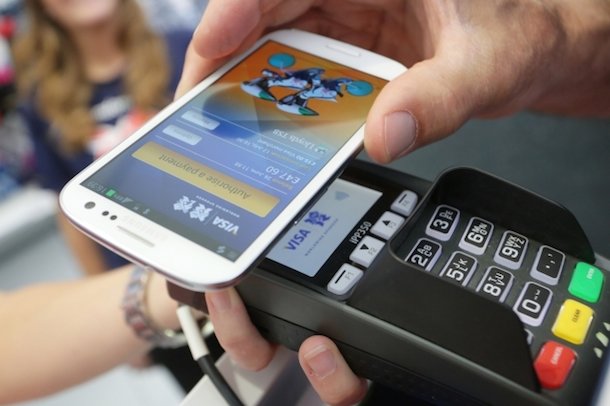 Business information analysts at IBISWorld expect that contactless payment methods could replace traditional physical credit and debit card payments by 2020 for transactions under $100.
Business information analysts at IBISWorld expect that contactless payment methods could replace traditional physical credit and debit card payments by 2020 for transactions under $100.
Overall, PIN-only and contactless credit card and debit card purchases are likely to continue their assault on cheque and cash options, after posting annualised transaction growth of 6.6% and 14.2% respectively over the four years through 2013-14 in Australia.
IBISWorld Australia General Manager Dan Ruthven said the prospects for credit cards and debit cards were rosy, although contactless payments were taking over from traditional PIN transactions for purchases of less than $100. “With the increase in online shopping, credit and debit transactions will continue to dominate the payments system for personal use and carve an increasing piece out of ATM withdrawals, despite holes in the wall being in more locations than ever before,” he said.
“The way Australians pay has been changing for some time. For Generation X and the Baby Boomers, a chequebook is fondly remembered as the most popular of payment options. As more retail outlets, personal banking services and corporate purchases have moved to electronic payment methods, cheques have faced certain demise. In the coming years, contactless payments and paying using a mobile phone will begin to replace the standardised plastic cards we’ve widely used since the 1980s.”
In 2013-14, the average value of a cheque in Australia totalled $4,045 – higher than at any point in history. There has been a reduction in the use of cheques for small and medium purchases, but continued use of cheques for large transactions.
In New Zealand, Foodstuffs has recently announced it will roll out contactless payment options for some of its stores later this year.



